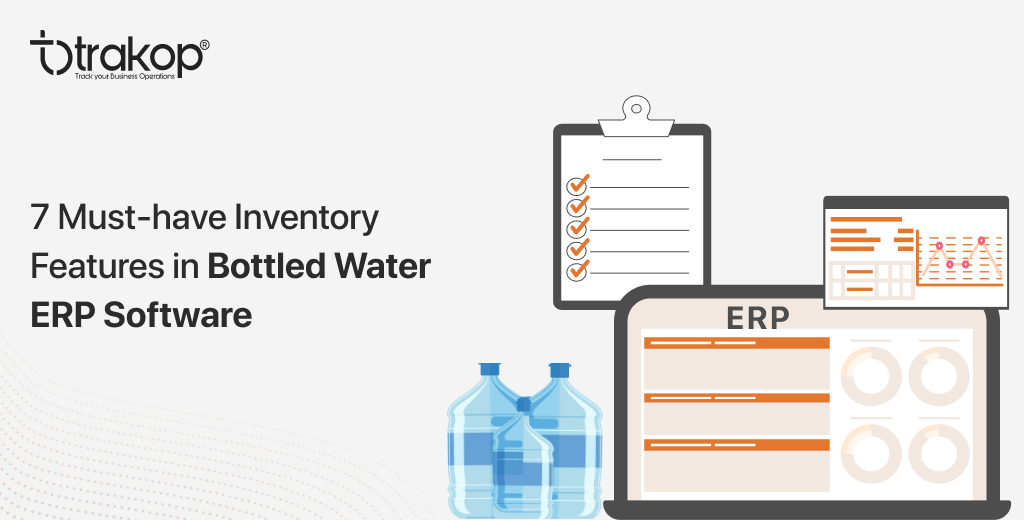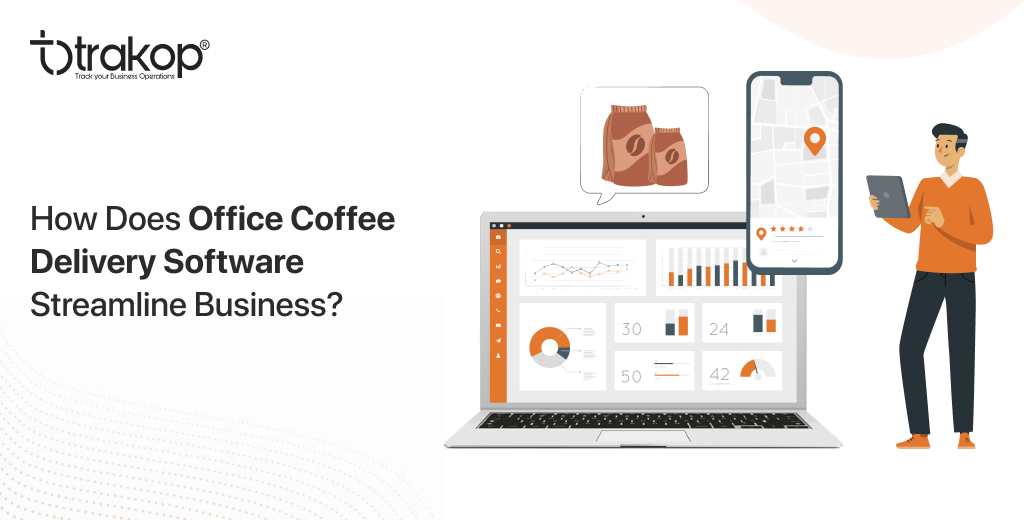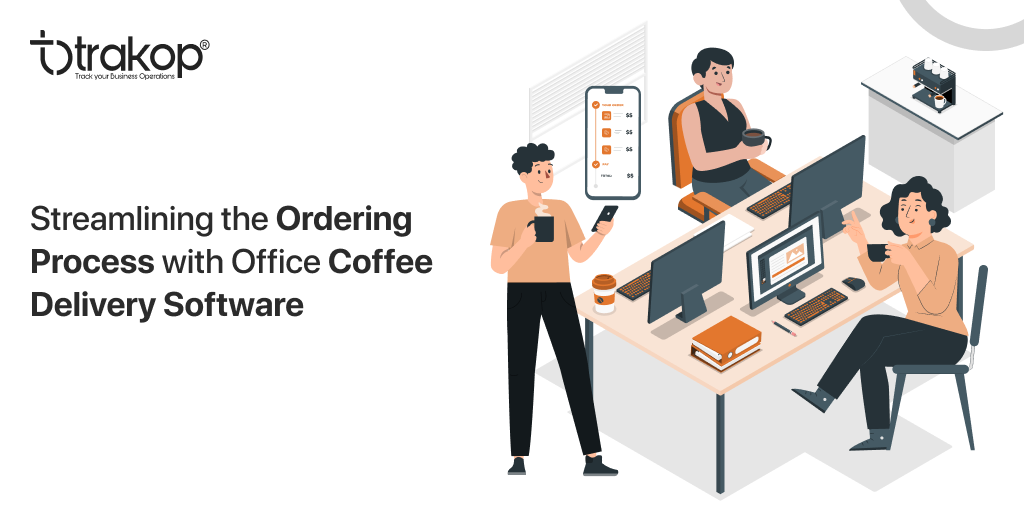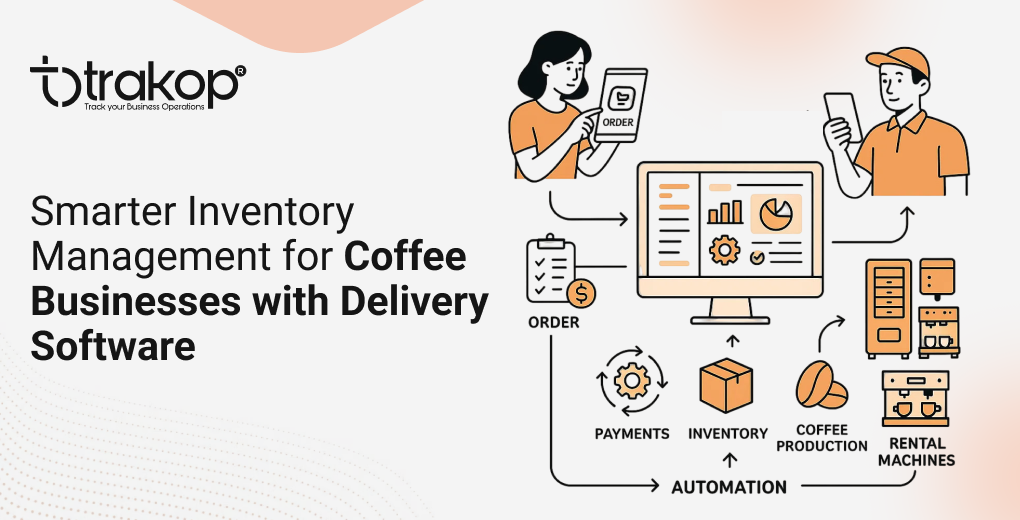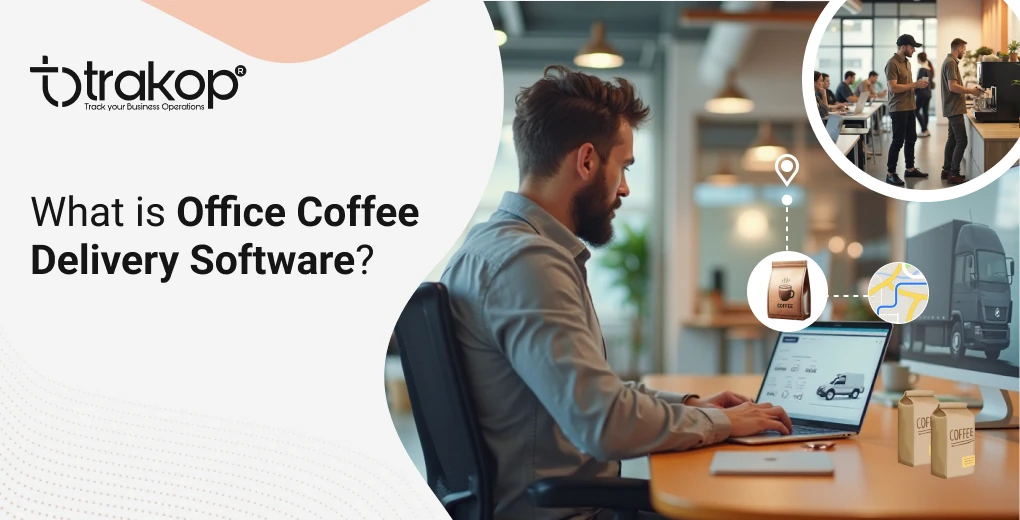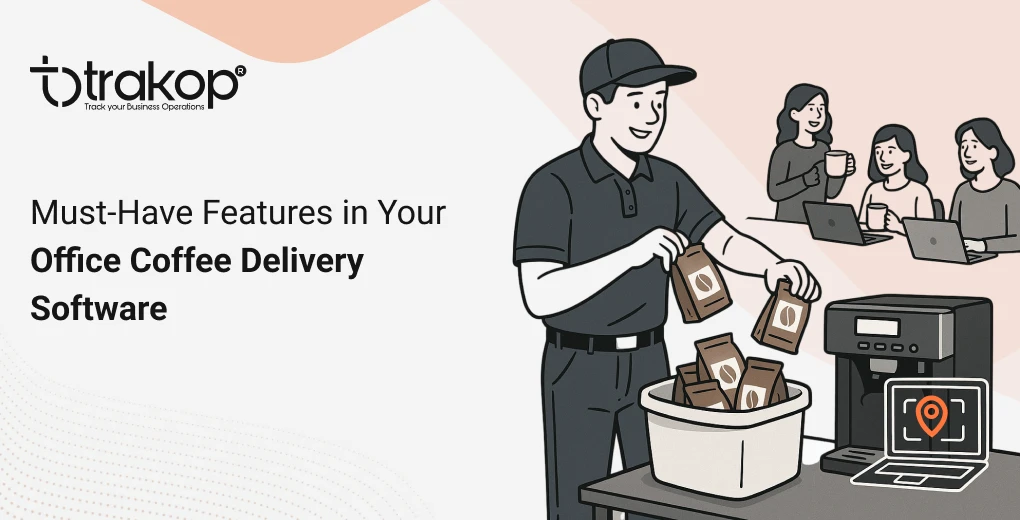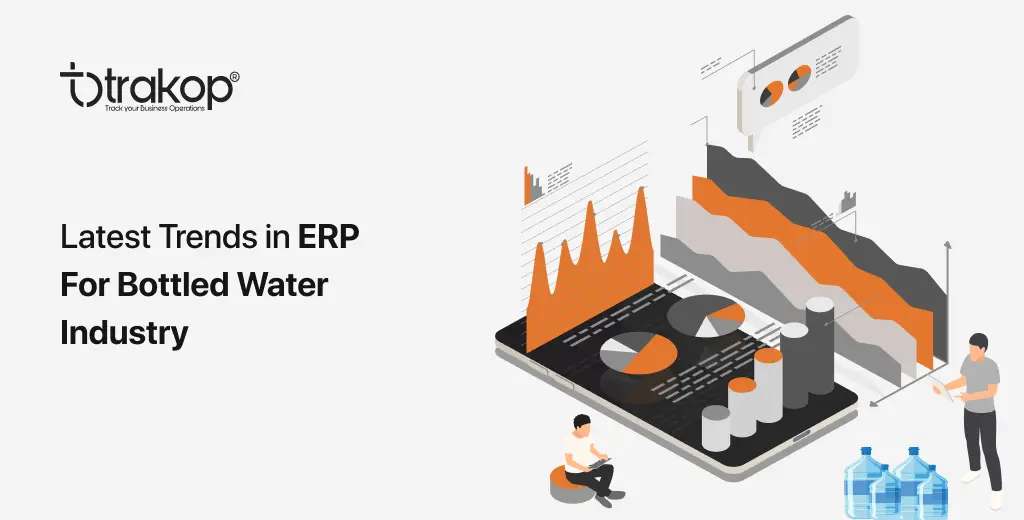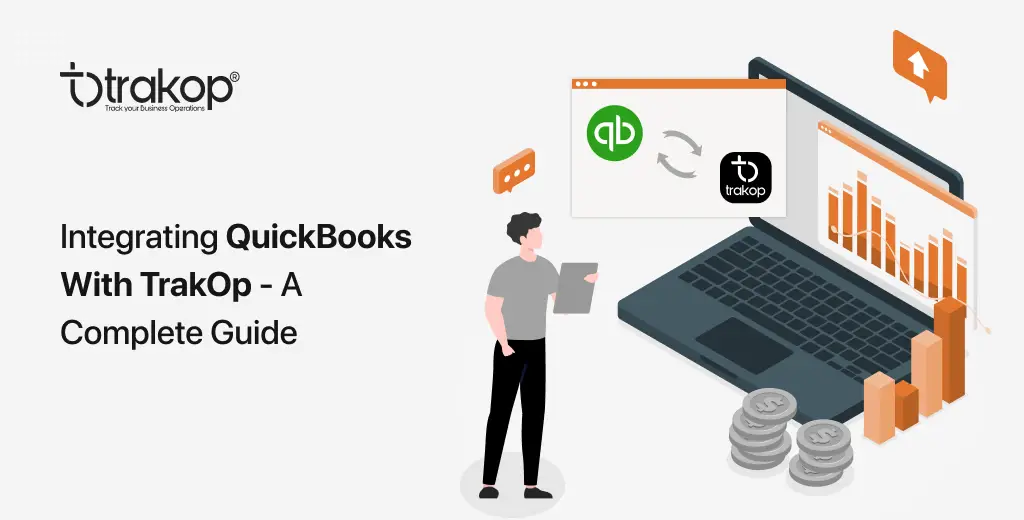Top 7 Challenges Faced in Rapid Delivery

COVID-19 has changed consumers’ buying outlook and contributed to their choosing multichannel for online shopping and the concept of quick or rapid delivery. Quick delivery or rapid delivery denotes delivery in 10-15 minutes unlike scheduled delivery which delivered at a particular delivery window. Rapid delivery, despite being costly, is the reason most businesses burn cash to be on trend and catch fast consumers in the metro cities.
When the trend started, there were many market players that offered rapid deliveries; however, currently, there are just a handful of bigger players left, led by Istanbul-based Getir and Philadelphia GoPuff.
According to the Financial Times, “Gorillas, one of the largest operators in Europe, the Berlin-based company is in talks to sell to Getir after burning through almost all of the $1.3 billion it had raised in the past two years.”
According to a Redseer report, quick commerce is slated to touch $5 billion by 2025, recording 10 to 15 times growth in the next five years from an estimated $0.3 billion in CY2021. Currently, Quick Commerce has a small 4-5 percent share of the pie of the e-commerce market.
Rapid Delivery vs Scheduled Delivery – What’s the difference?
In this blog, we’ll dive deep into the challenges faced by rapid delivery businesses and some use cases.
Here are 7 challenges in rapid delivery you need to overcome
Higher last-mile delivery costs – Fulfilling rapid-delivery orders can increase the logistical costs of the last-mile delivery as the number of delivery rounds increases, as do the fuel costs. As a share of the total cost of shipping, last-mile delivery costs are substantial—comprising 53% overall. This makes last-mile delivery and overall order fulfilment processes inefficient and costly. Rapid deliveries might enhance customers’ experiences; however, they can reduce your net profit margin.
Lower sustainability – With increased delivery costs and higher carbon emissions, rapid delivery reduces the sustainability of the business both financially and environmentally. Higher delivery costs mitigate the net profit margin and increase the impact of carbon footprinting, decreasing the sustainability score of the business.
Inventory management – Rapid delivery denotes delivering the orders quickly, mostly between 10-15 minutes, which requires the whole process to work seamlessly. Inventory management is one of the crucial processes in rapid delivery, as any error in an inventory report can result in overselling or overstocking. To avoid losses due to spoilage of the product and unfulfilled orders, it is essential to maintain an appropriate inventory level. Overselling products that are not in stock can result in high customer backorder rates.
Maintaining customer satisfaction – With the increased speed of order fulfilment expectations, there are always chances of errors, which can lead to delayed deliveries or delivery of the wrong product. According to a report by McKinsey, “Over 60% of US consumers have experienced out-of-stock items in the last three months of 2021, and only 13% of consumers waited for the item to be restocked.” This reduces customer satisfaction scores and can even lead to an increase in customer churn rates.
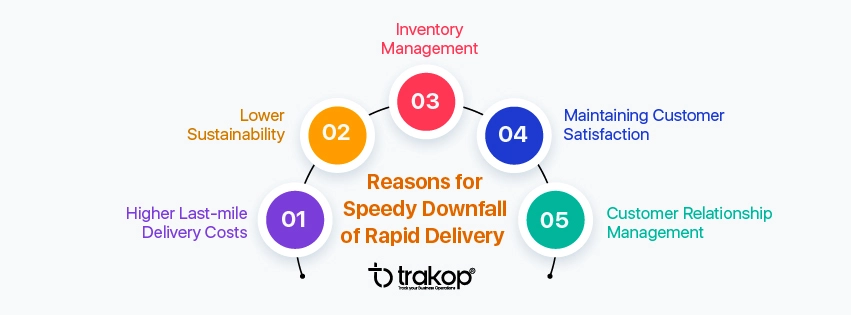
Third-party delivery partners – Rapid delivery can’t be fulfilled with in-house logistics and requires businesses to hire third-party logistics to ensure successful order fulfilment. In rapid delivery, a single order is delivered in one go, and it requires a large number of delivery partners to fulfil all the customer orders. However, hiring a third-party logistics company can be expensive, impacting the overall head cost of the business and reducing the net profit margin.
Customer relationship management – With so many customers, it is difficult for businesses to manage their communications with customers. Handling customer communication can be easy when the number of customers is small; however, as the number of customers increases, it becomes hard to give attention to all the customers at the same time. This can result in unattended customer issues and decrease customer satisfaction scores (CSAT) and customer retention rates. Bad customer experiences eventually increase the customer churn rate and lower net promoter scores (NPS).
Automation- all the way – Rapid delivery is referred to as quick delivery, which is done within 10-15 minutes and requires the business operations to work quickly and seamlessly. For a successful rapid delivery order, businesses need to automate the entire business for speedy and accurate deliveries. Not inducing automation in the rapid delivery business decreases the fulfilment accuracy rate.
Used case
The Gorillas spent an average of €8 for every order placed by their customers in the first six months of the year. It was calculated that the company burned more than €60 million a month in May, June, and July, including the one-off restructuring costs repeated over multiple months. In total, they used more than €750 million in a year until July. The cost of acquisition is higher than the net profit, lowering the return on marketing investment (ROMI). This decreased their overall net promoter scores (NPS).
Many businesses that have followed the trend of rapid delivery are either closed or on the verge of shutting down. According to Reuters, “Getir bought rival company Gorilla, which was one of the biggest players in the rapid delivery market, in a $1.2 billion deal.” With all these challenges, many rapid delivery businesses have shifted into scheduled delivery businesses. If you are interested in knowing more about scheduled delivery and how it can help overcome the challenges of rapid delivery, Book a consultation with our industry experts.
Hope You Enjoyed the Read!

He loves to explore. His passion for helping delivery industries in all aspects flows through in the vision he has. In addition to providing smart solution to make delivery process flawless, Ravi also likes to write sometimes to make it easier for people from business industry looking for digital solutions.
